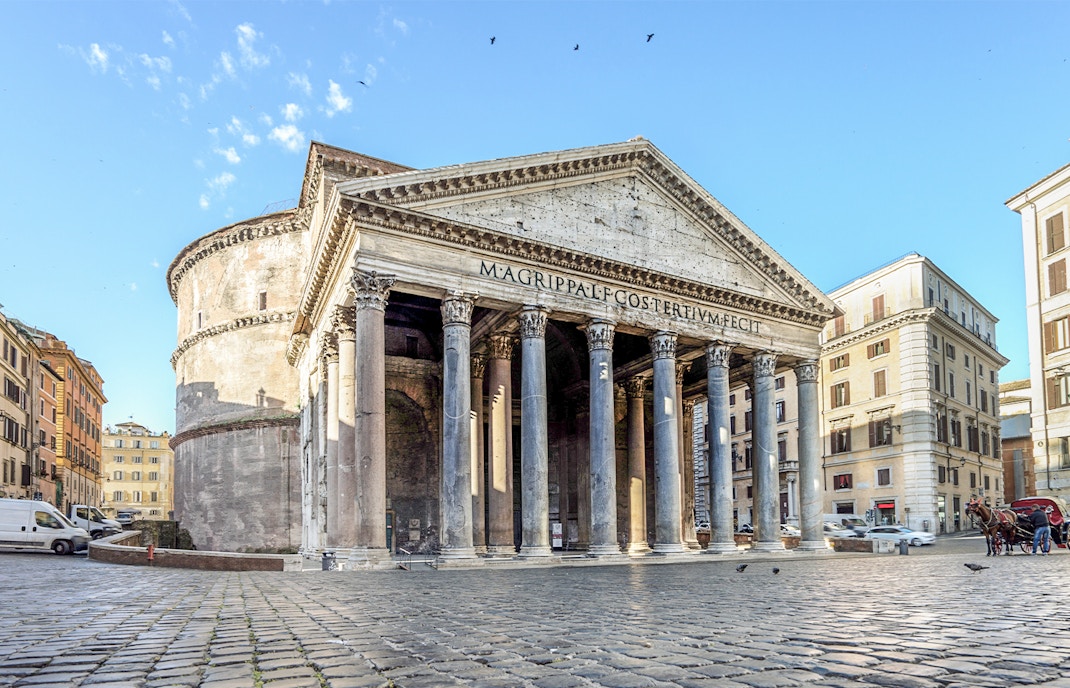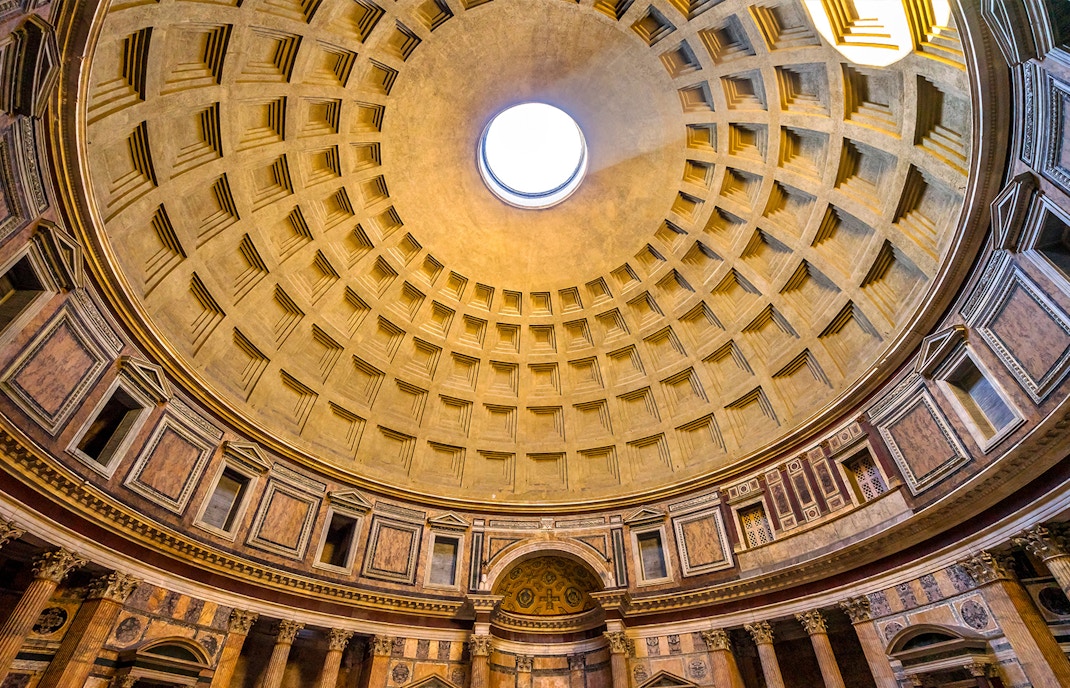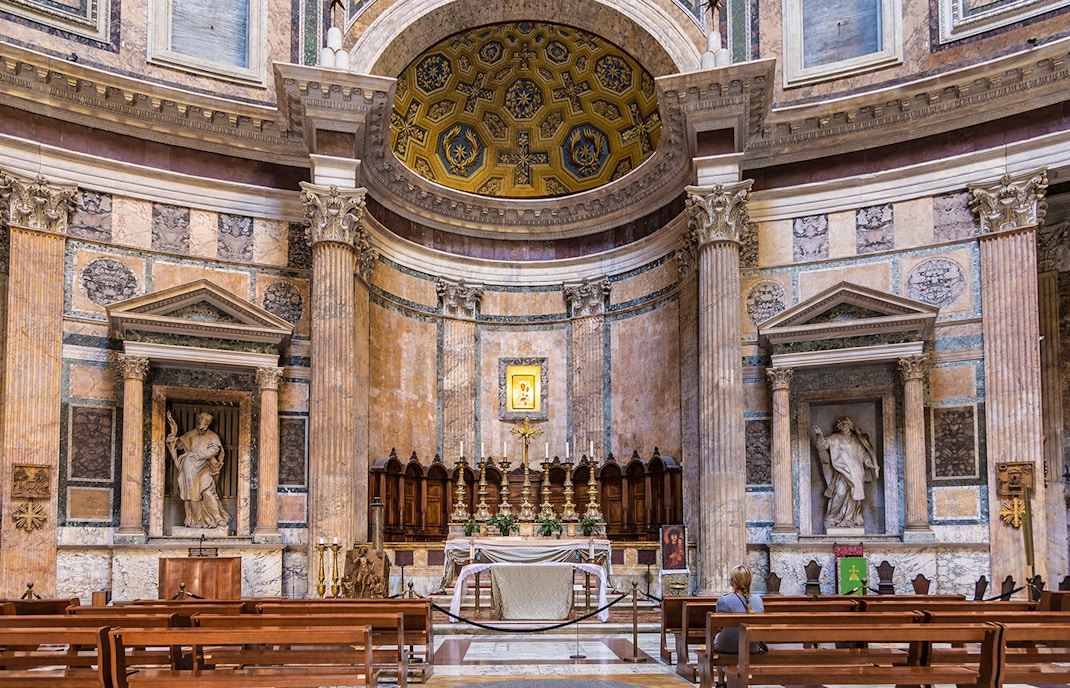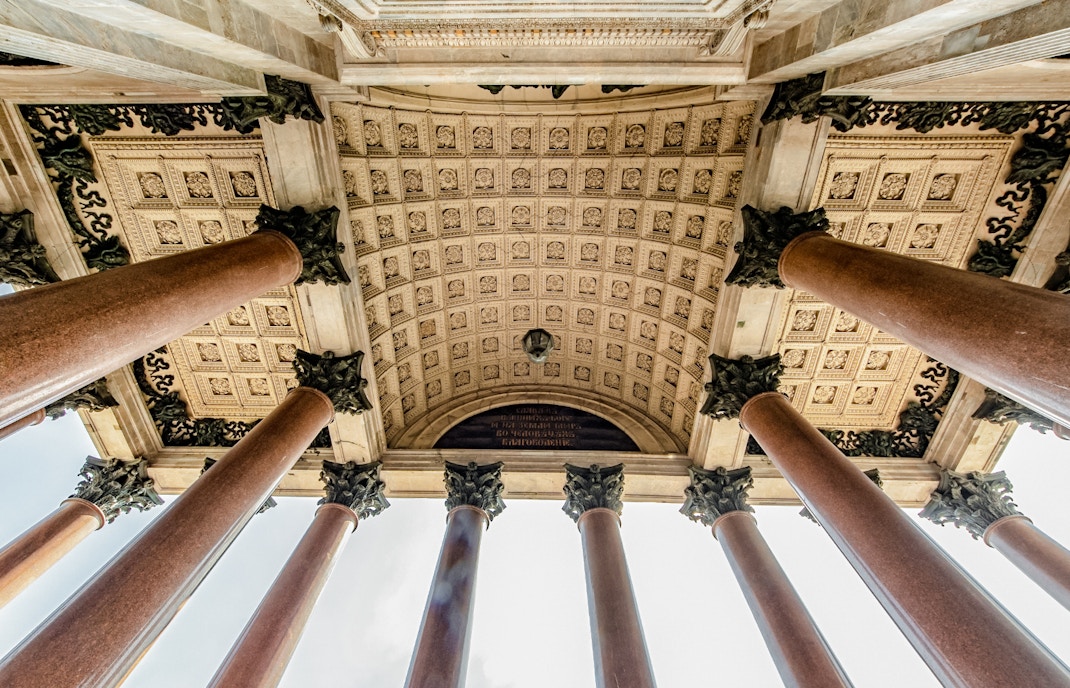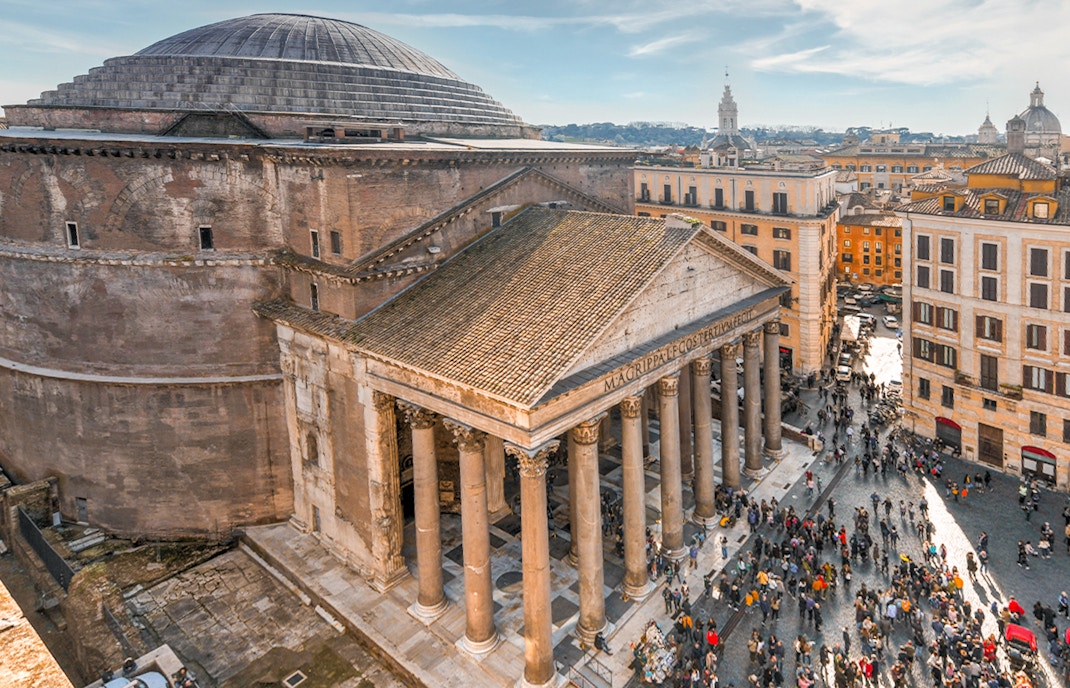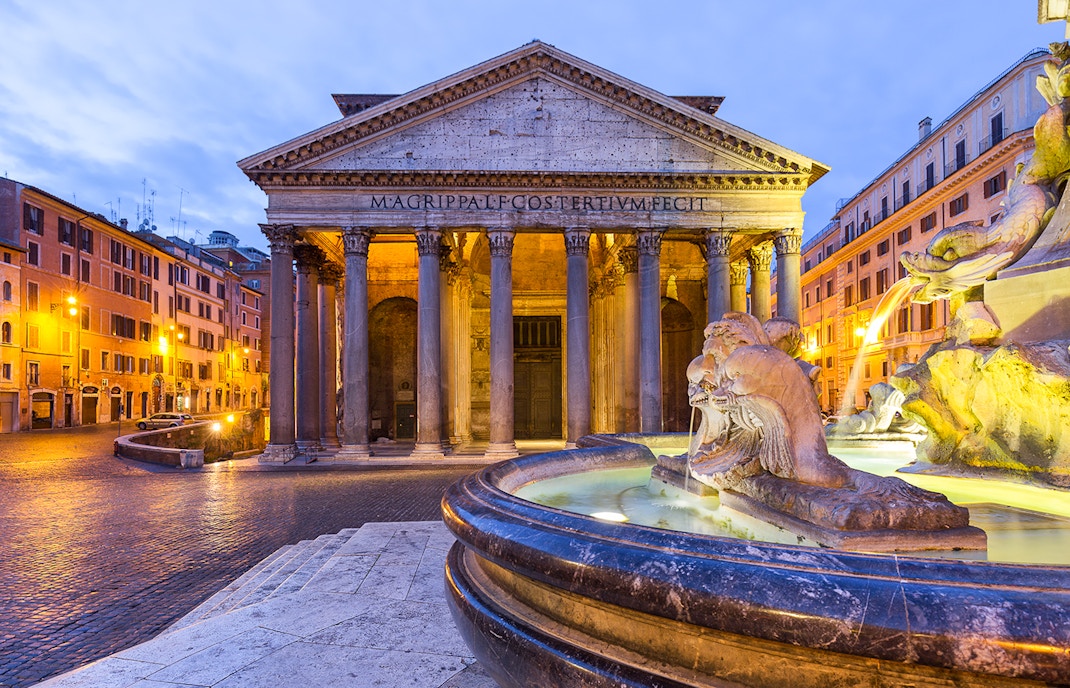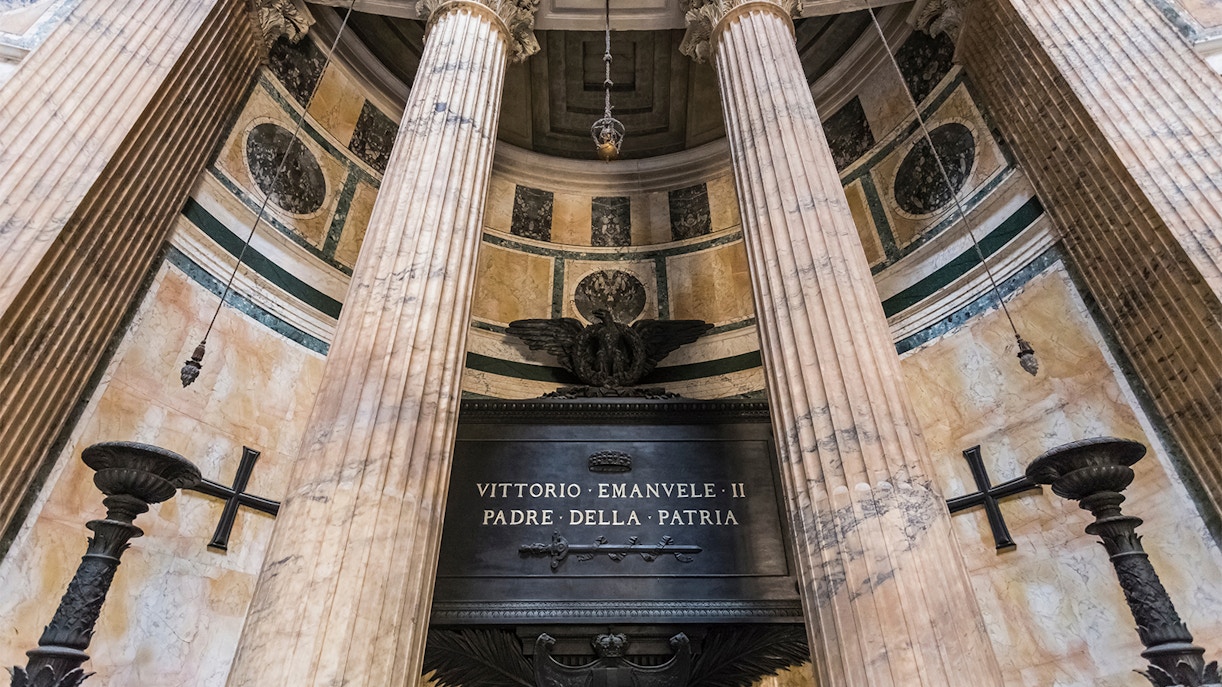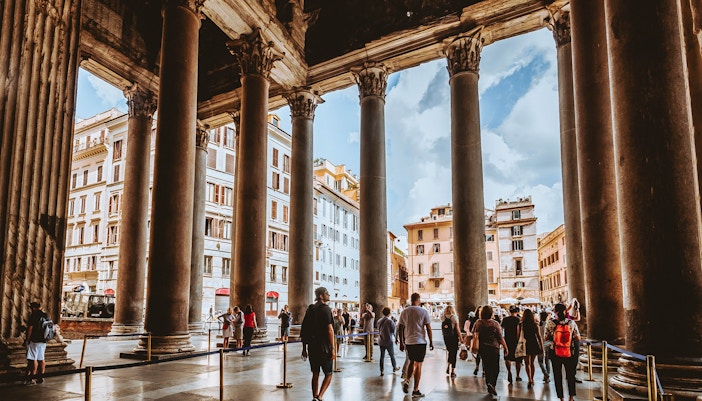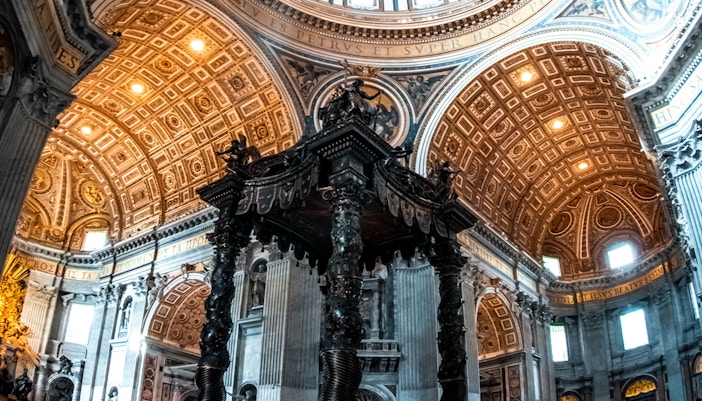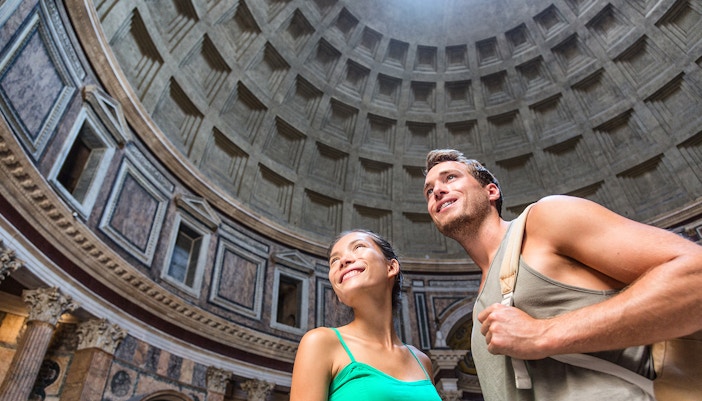27 BC - 80 AD
The Pantheon's construction began in 27 BC under the direction of Marcus Agrippa, a prominent Roman statesman. The original structure featured a rectangular temple with a portico and a traditional gabled roof. However, in 80 AD, disaster struck as a massive fire ravaged the Pantheon, reducing it to ruins. The cause of the fire remains uncertain, but it led to the need for a complete reconstruction of the Pantheon in the years that followed.

